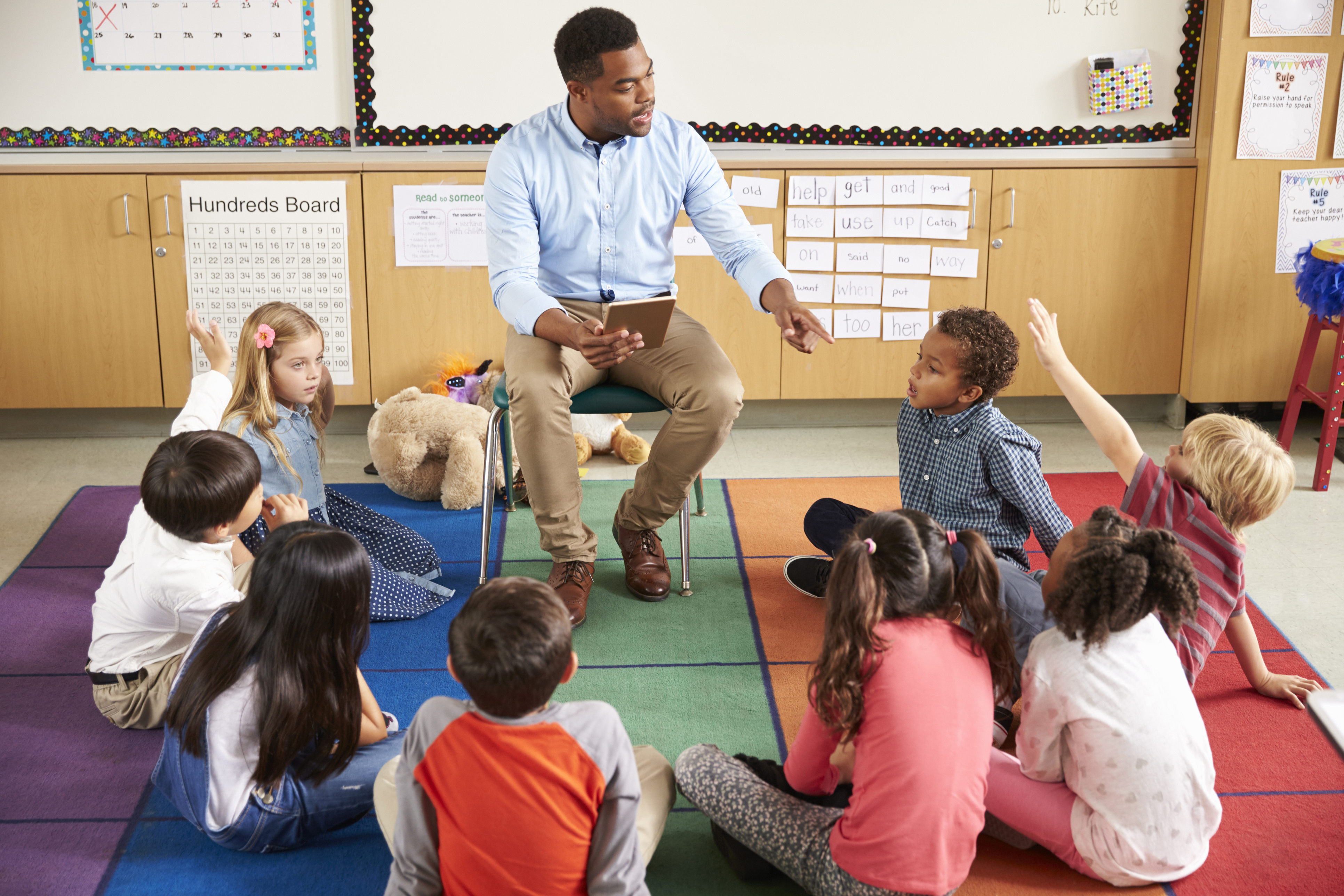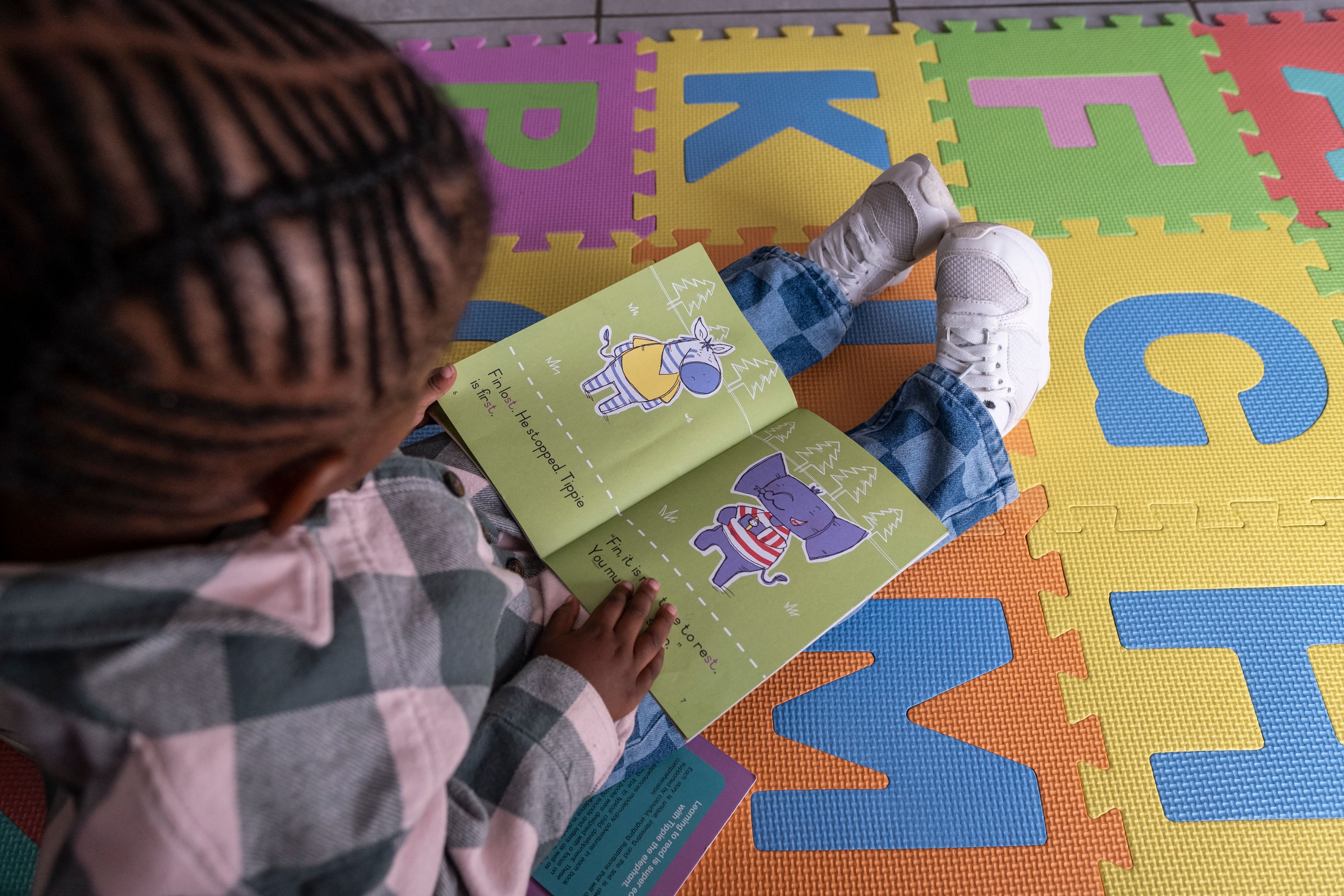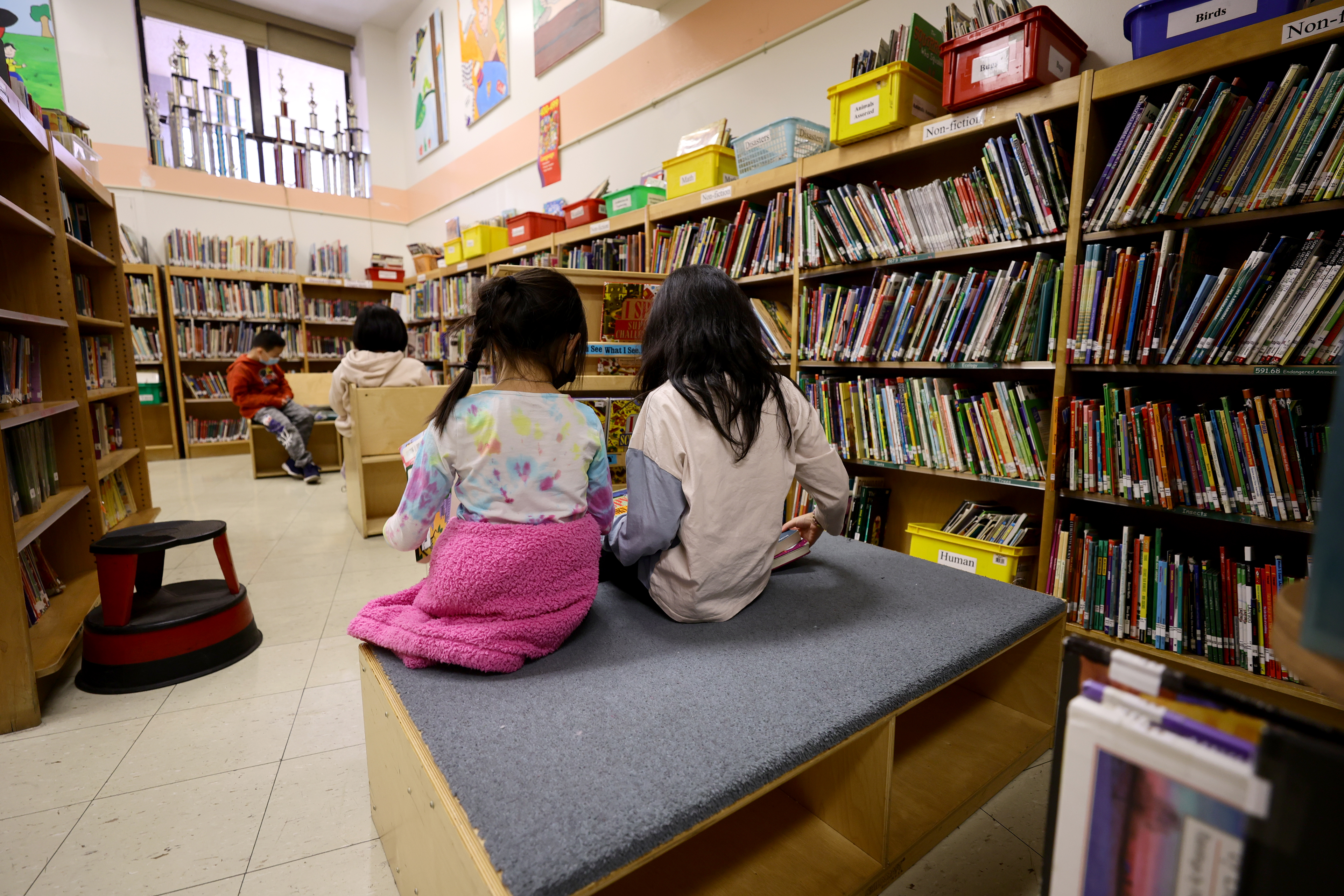
The Science of Reading and How Lexia is Transforming Literacy Education
Across the United States, children are not meeting the reading level associated with their school grade. The Science of Reading movement, which uses over fifty years of research to understand how the brain learns to read, is making waves across the country, touted by school principals, parents, politicians and the press. Lexia, a literacy edtech company with products and services based on the science of reading, is providing professional learning and personalized instruction to help students learn to read.
A New Era for Literacy Learning
On Wednesday January 3rd, Governor Kathy Hochul of New York gave a speech unveiling her "Back to Basics" plan for literacy teaching across New York schools to a group of fourth grade students at a local elementary school, near Albany. Standing in front of shelves of children's books, Hochul criticized the current curricula and methodologies used in many schools across the country as failing students, with two-thirds of American children unable to read proficiently, and more than half of New York third-grade students failing to meet their grade's literacy expectations.
"If you can't read, you struggle in school, people find it hard to get a good paying job someday," said Hochul. "But if you can read, so many doors open for you." Governor Hochul's new plan for literacy teaching would require school districts to certify that their schools are using "scientifically proven" methods to teach reading by September 2025. She also proposed a $10 million retraining plan for teachers.
New York is the most recent state to make changes to the way reading is taught in its schools. In the last ten years, 32 states and the District of Columbia have passed laws or made policy changes to tackle what is being referred to as a "literacy crisis" across the United States. "We believe in our teachers; we love our teachers!" said Hochul. She hopes that a new curriculum will give educators the support they need so that no child is left behind.
A Nationwide Problem
According to the Nation's Report Card for 2022, 66% of fourth graders in the United States could not read at a "proficient" level, defined by the National Assessment Governing Board as "the goal for what all students should know." As well as two-thirds of students not meeting national reading goals, 37% of fourth graders last year read at a level considered "below basic" meaning that they are unlikely to be able to "determine the meaning of familiar words in context" or "provide support for ideas about plot and character."
The data published by the National Assessment of Educational Progress suggests that the difference between student attainment pre-pandemic and post-pandemic is marginal, and that 30% of final-year high school students are still struggling with reading, despite having begun their literacy education well before the onset of the pandemic.
The effects of low literacy skills are well documented. From limited career and economic prospects along with higher dependency on social welfare and higher crime rates; the US is one of the few developed nations where literacy rates are not improving by generation. This is leaving some families in the nation's most deprived districts caught in a cycle of poverty.

A Troubled History
Throughout the 1980s and 1990s, the "balanced literacy" approach became the most celebrated method for teaching literacy. It was an approach founded on the idea that children can naturally learn to read when given the right tools: easy access to books, pictures to help them intuit new words through context, and a willing teacher or parent to read to them frequently. However, without any phonics instruction at all (or only as a "last resort" as some teachers were instructed) children were not learning to "decode" the word, and instead were only memorizing the shape and letter patterns of familiar words.
"Students appeared to be reading but were going unnoticed and then being passed on to upper grades," said Dr. Liz Brooke, a former teacher and Chief Learning Officer at Lexia, a literacy edtech company of 40 years with products based on the science of reading. "It was only when students didn't have pictures, and they couldn't guess the words because they were now faced with long, unfamiliar or less frequent words, that teachers found out that some students couldn't read or weren't reading at grade level."
Dr. Brooke said that many parents pay for private tutors to help their child become a proficient reader. "That's why it becomes an issue of equity," she said. Wealthier parents could help their children overcome their reading difficulties or lack of exposure to high quality instruction, whereas economically disadvantaged parents could not. "It looks like an achievement gap between black and Hispanic students compared to white students," she said. "Actually, it's more of an opportunity gap."
Literacy as a Civil Right
Research shows that Black and Hispanic students are disproportionately affected by inadequate literacy programs and resources. Though almost 40% of all fourth graders read at "below basic" level across the country, this number rises to 56% of Black fourth graders, 50% of Hispanic fourth graders and 57% of Native American/Alaska Native fourth graders.
Due to the systematic intersection of racial inequality and socioeconomic inequality in many areas across the United States, schools that teach minority students can often be affected by a lack of funding, a lack of resources and fewer highly trained teachers.
That's why it's crucial that all districts use a robust curriculum based on the science of reading, train their teachers in understanding the science and personalize its instruction to the needs of the students, said Dr. Brooke.
"[Literacy] is the buffer between [a child's] own sense of self, their empowerment, their agency and the world telling them who they are," said Kareem Weaver, a former award-winning teacher and the Oakland NAACP's second Vice President and Chair of its Education Committee, in conversation with Lexia. Weaver is one of the subjects of a new documentary, "The Right to Read" by Jenny Mackenzie, about the effect of the "literacy crisis" on children of racial minority backgrounds.
"We're trying to get all kids to read and do it as quickly as possible, but as sustainably as possible," said Weaver in conversation with Dr. Brooke, as part of Lexia's "All for Literacy" podcast. "So that they have a fighting chance."

Solution: Research-Based Instruction
The literacy crisis is often attributed to a fundamental misunderstanding about the way reading needs to be taught in schools, explains Dr. Brooke. "But the best part is that we know what to do about it -- and we have the evidence," she said.
Since the 1950s, research attempting to decipher how our brains actually learn how to read, also known as the science of reading, strongly indicates that children must be taught phonics in order to "decode" a word in conjunction with building language skills. Many students cannot learn phonics on their own, and "balanced literacy" was shown to be the incorrect approach for many children.
Lexia uses all foundational components suggested to be key to acquiring robust literacy skills – phonological awareness, phonics, structural analysis, fluency, vocabulary, and comprehension – according to the science of reading research and their own studies. Their products include professional learning for educators on the science of reading (LETRS and Aspire), programs for high schoolers who are not yet reading proficiently, early-years readers, as well as language development programs for those learning English as a second language.
"Lexia's mission is to create opportunity for every student through the power of literacy education, said Dr. Brooke. "Since our inception 40 years ago, we've had a singular focus: a world where literacy is a reality for everyone."
Lexia takes an adaptive blended learning approach to teaching. Their programs utilize AI to capture the student's data as they learn and adapts to their performance, which is then used to inform teachers for more targeted work in class, offering resources and lesson plans to tackle concerns at their root. Lexia's edtech programs are built on a patented ongoing progress monitoring loop known as "Assessment without Testing" that personalizes literacy exercises and lessons within the program as well, based on a child's strengths and weaknesses.
A New Beginning
Now, continuous advocacy and press such as the "The Right to Read" film and the American Public Media's podcast "Sold A Story", which has been downloaded more than 5 million times, are helping to generate a revolution across the United States advocating for the science of reading.
So far, over half of the nation's states have passed legislation related to the science of reading, including New York, as of early 2024. Twelve states have now also banned the "three-cueing" model, a core technique within the "balanced literacy" approach.
With thousands of schools doing away with old curricula, there is a space for new evidence-based programs to tackle the "literacy crisis." Since implementing Lexia in 2020, Bossier Elementary in Bossier, Louisiana went from an "F" rating, requiring "critical intervention", to a "C" level grading for the first time in three years. "Anytime students move up a literacy level, we call out their names in the morning announcements," said a school representative. "It's the perfect way to provide them with the extra attention they so richly deserve for all the hard work they are doing to improve their literacy skills."
Two years after Kentwood district public schools in Michigan – where 23% of students are English language learners – implemented Lexia, they were already seeing major gains. Almost half of their students were reaching their literacy grade goals by the district's mid-year reading inventory. "When I go in and teach in the classroom, the kids are engaged," said one district literacy coach. "They clearly enjoy Lexia and that's a real win in itself."
On an annual basis, Lexia is already helping over six million students and 620,000 educators in 23,000 schools across the country learn and teach literacy according to the science of reading.
Despite the changes that have been made, in 2023, the majority of American students are still reading below grade level. But, at the same time, almost half of the Elementary and Secondary School relief fund budget (allocated due to the pandemic) is yet to be invested in schools.
Dr. Brooke argues that it is part of our civic responsibility to ensure that literacy is a right not a privilege. This means advocating at school board meetings, demanding science of reading based teaching and policy changes in our districts. "Because literacy can and should be for all," she said.


